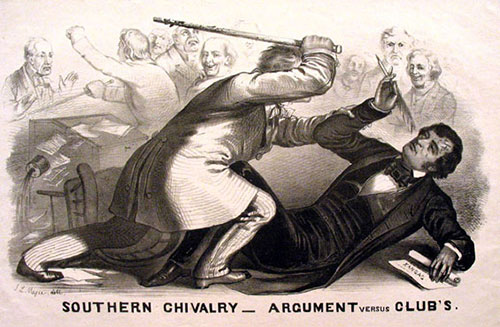Introduction
Have you ever had a disagreement with a friend or family member you thought would never be resolved? Often times, you try to work it out by some sort of compromise, but neither of you feel completely satisfied with the outcome. At some point, you either find a compromise that works for both of you or the relationship may be ripped apart.
Our representatives in government have to compromise daily on important issues because the people they represent fall on opposite sides. Is there one serious issue in the United States about which you could not compromise?
Many Americans felt that way about slavery, a very controversial and emotional issue. The lawmakers at the time worked vigorously to satisfy Americans in the North and the South. They even managed to agree on two compromises in the 1800s. Unfortunately, finding a compromise that provided a permanent solution to satisfy Americans on both sides of the slavery issue proved to be an insurmountable task.
Analyze the political cartoon below. Who are the men fighting, where do you think this fight took place, and why?

Shockingly enough, the brutal beating depicted in the drawing actually occurred between a senator and a representative on the old chamber floor of Congress in 1856. Congressmen still exchange harsh words today, but it is hard to imagine what issue could possibly bring them to blows!
Clearly, the "fight" over the issue of slavery was intensifying!
Take a look at The Coming of the Civil War - Key Events timeline. We will be covering these events in this unit.
Following successful completion of this lesson, students will be able to...
- Summarize the compromises proposed within Congress to resolve the conflict of slavery and their effects
Essential Questions
- How did the issue of slavery spark protest and resistance and further divide the North and the South?
- How did the land policies of the late 18th-early 19th centuries increase sectional conflicts in the United States?
Enduring Understandings
- Slavery and protection of states' rights were the dominant issues that led to the American Civil War
- The Civil War led to both the initiation and the spread of industrialization in the United States
The above objectives correspond with the Alabama Course of Study: United States History I standards: 12.2, 13, 13.1. 13.3, and 13.4.